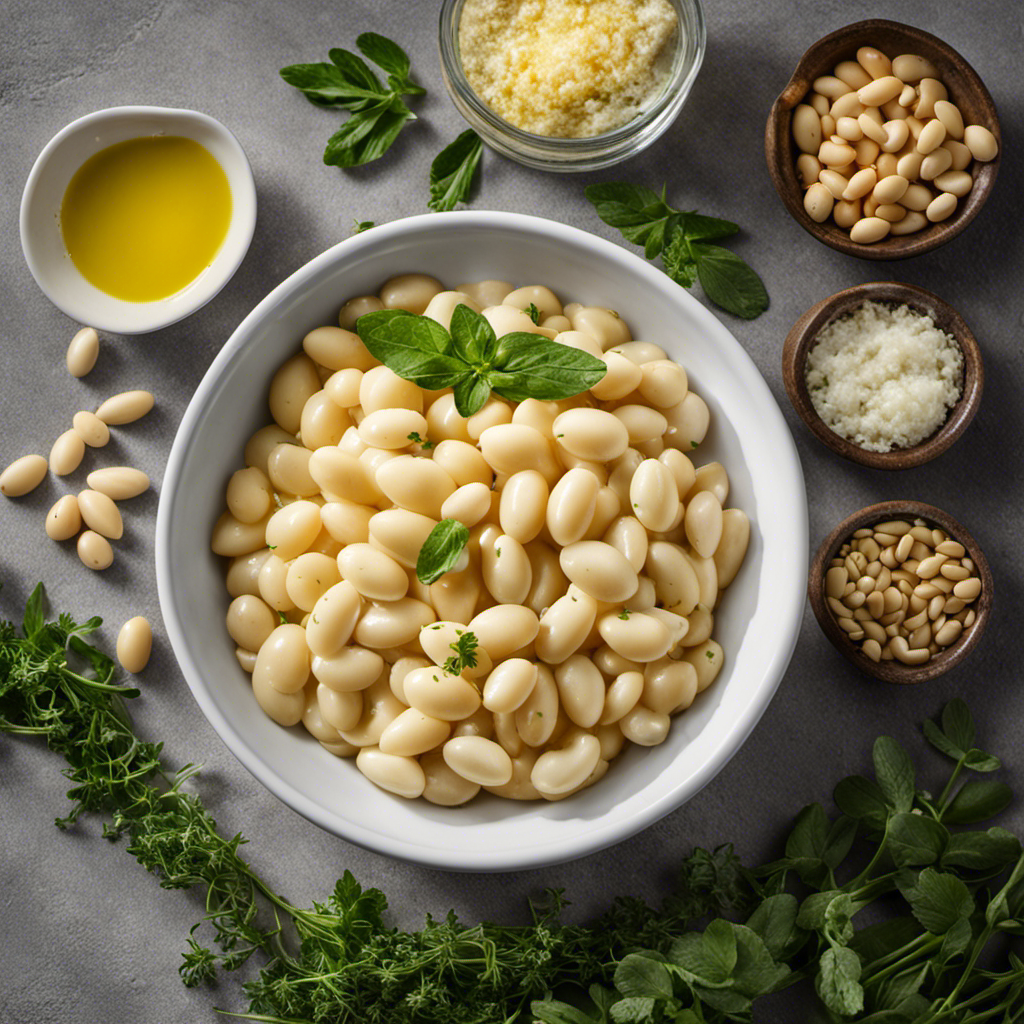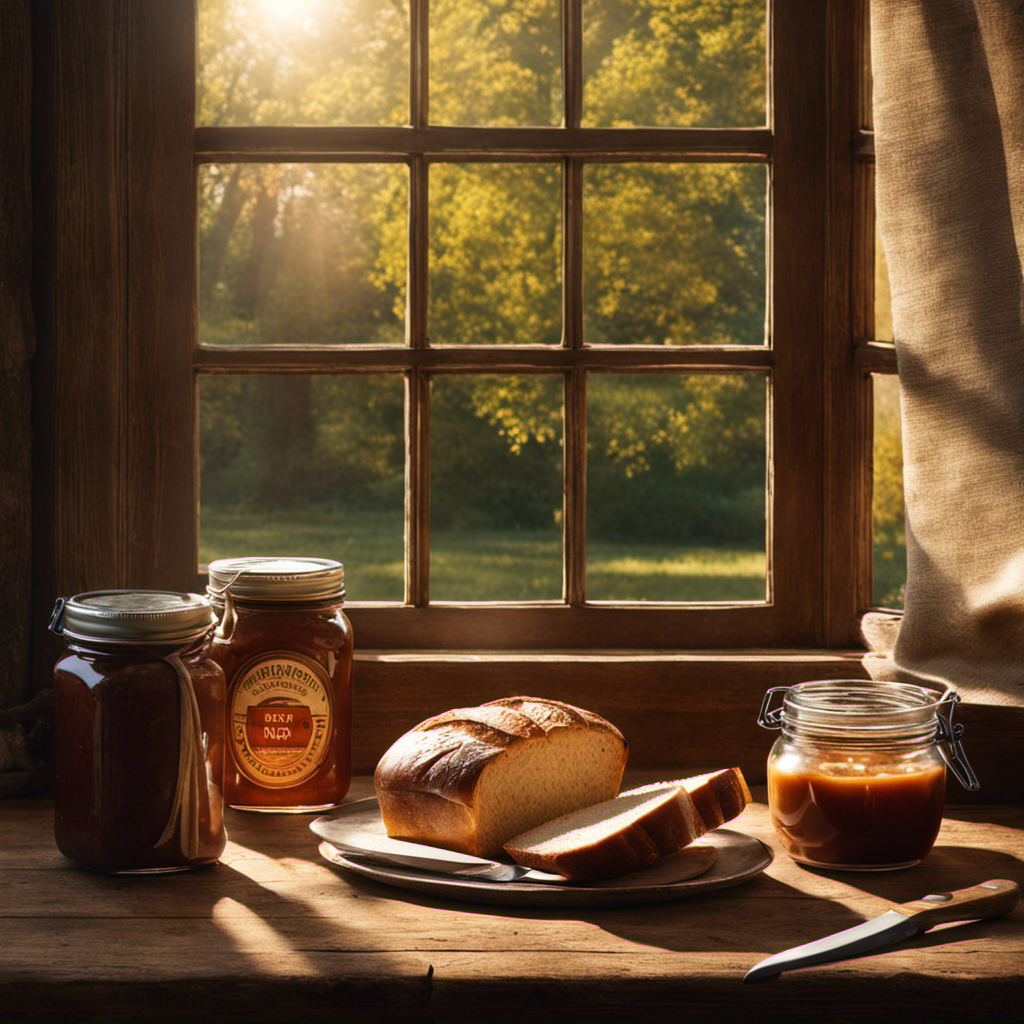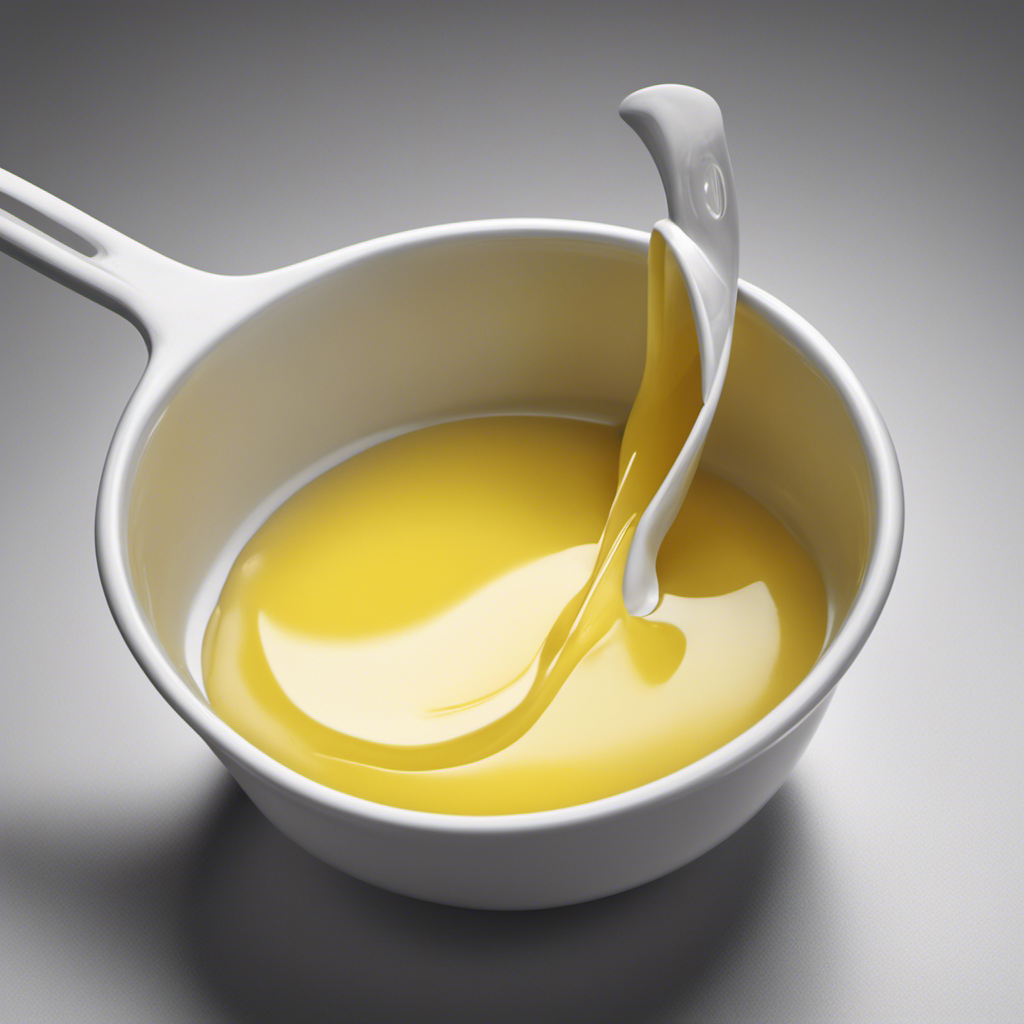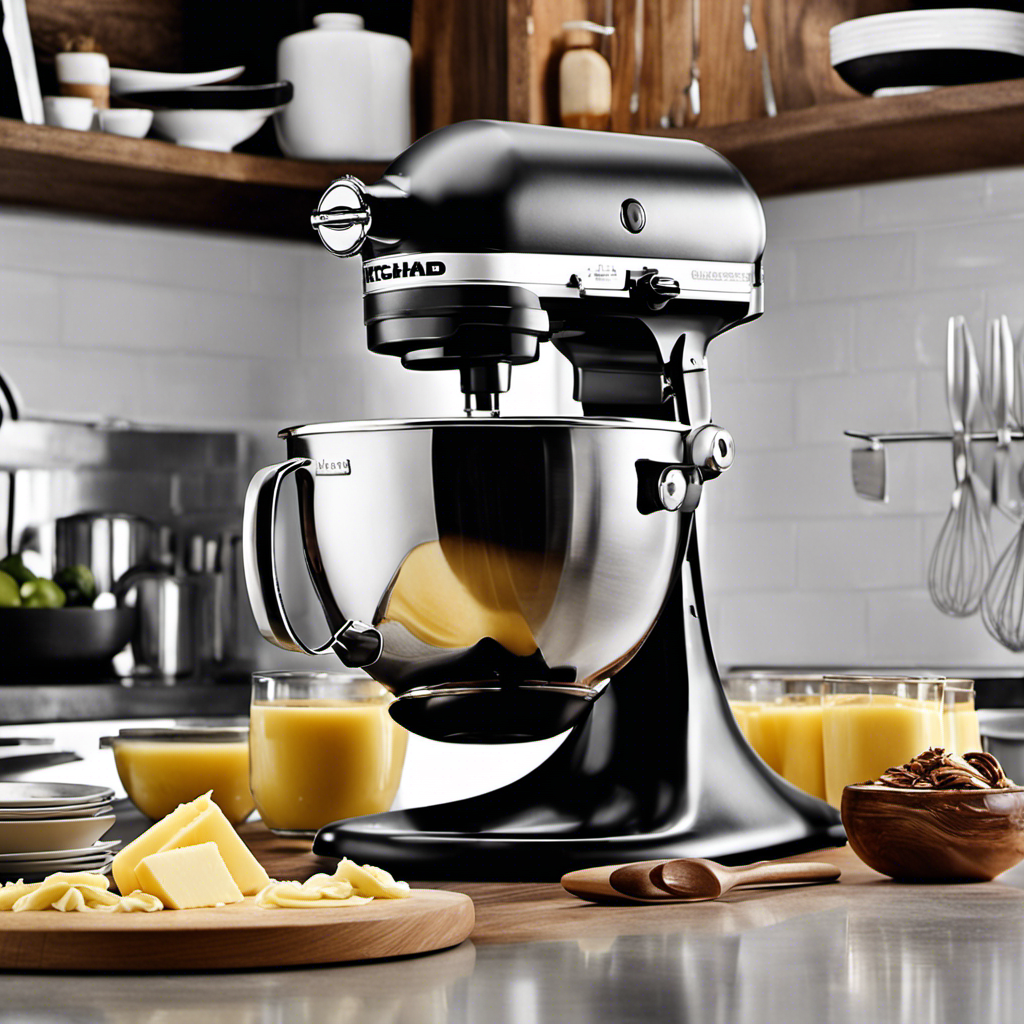I have always found the assortment of legumes fascinating, but one type in particular has captivated me – butter beans. These small gems have a deep-rooted history, filled with beneficial nutrients and a range of health advantages.
From their different types to the traditional cuisines they’re found in, butter beans have truly made their mark. Join me as we delve into the world of butter beans, exploring their origins, cooking methods, and even some delicious recipes to try.
Key Takeaways
- Butter beans have a rich history and are used in traditional cuisines around the world.
- They are a great source of protein, fiber, vitamins, and minerals, making them a nutritious addition to any diet.
- Butter beans thrive in warm climates and require well-drained soil with organic matter for optimal growth.
- They have a creamy texture and delicate flavor, making them versatile in various recipes and a popular choice for soups, stews, salads, and spreads.
History of Butter Beans
You’ll be interested to learn that the history of butter beans dates back to ancient times.
Butter beans, also known as lima beans, have been cultivated for centuries and have been an important staple in many traditional cuisines around the world.
These beans were first domesticated in Central America and have since spread to various regions, including North America, Europe, and Africa.
In traditional cuisine, butter beans have been used in a variety of dishes, such as stews, soups, and salads. They have a creamy texture and a delicate flavor that complements a wide range of ingredients.
Now, let’s delve into the nutritional value of butter beans and explore why they are considered a nutritious addition to any diet.
Nutritional Value of Butter Beans
When it comes to the nutritional value of butter beans, there are several key points to consider.
First, butter beans are a great source of protein, making them an excellent addition to a vegetarian or plant-based diet.
Second, butter beans are rich in fiber, which can aid in digestion, promote feelings of fullness, and help maintain a healthy weight.
Lastly, butter beans contain a variety of vitamins and minerals, including folate, potassium, and magnesium, which are important for overall health and wellbeing.
Protein Content in Butter Beans
If you’re looking to boost your protein intake, butter beans are a great choice. Butter beans, also known as lima beans, are a rich source of protein for vegetarians and vegans. In fact, just one cup of cooked butter beans contains approximately 15 grams of protein. This makes them an excellent option for those following a plant-based diet or looking to reduce their consumption of animal products.
Not only are butter beans high in protein, but they are also rich in fiber, vitamins, and minerals. Incorporating butter beans into your diet can be as simple as adding them to soups, stews, or salads. There are also numerous butter bean recipes available online that can provide you with delicious and nutritious ways to enjoy this versatile legume.
Fiber Benefits of Butter Beans
Incorporating butter beans into your diet can help improve your digestive health and promote regularity. These beans are a great source of dietary fiber, which provides numerous benefits for your overall health. Fiber is known to support a healthy digestive system by adding bulk to your stool and preventing constipation. It also helps regulate blood sugar levels and lower cholesterol. Butter beans are particularly rich in fiber, with approximately 12 grams per cup. This high fiber content can help you feel fuller for longer, aiding in weight management. Additionally, a diet high in fiber has been linked to a reduced risk of heart disease, stroke, and certain types of cancer. So, by including butter beans in your meals, you can enjoy their delicious taste while reaping the many dietary benefits they offer.
| Fiber Benefits of Butter Beans | ||
|---|---|---|
| Promotes Digestive Health | Regulates Blood Sugar Levels | Supports Weight Management |
| Prevents Constipation | Lowers Cholesterol | Reduces Risk of Chronic Diseases |
| Adds Bulk to Stool | Provides Satiety | Aids in Nutrient Absorption |
Vitamins and Minerals in Butter Beans
The vitamins and minerals found in butter beans contribute to overall health and well-being. Butter beans are a rich source of essential nutrients that are important for various bodily functions. They contain high levels of folate, iron, magnesium, and potassium, which are all vital for maintaining good health.
Folate plays a crucial role in DNA synthesis and cell division, while iron is necessary for the production of red blood cells. Magnesium is essential for muscle function and nerve transmission, and potassium helps regulate blood pressure. Incorporating butter beans into your diet can provide these valuable nutrients, promoting optimal health.
Additionally, butter beans are versatile in cooking and can be used in a variety of delicious recipes, making them a convenient and nutritious addition to your meals. Understanding the vitamins and minerals in butter beans is beneficial not only for our well-being but also for the cultivation and utilization of different types of butter beans.
Different Types of Butter Beans
There are several varieties of butter beans, each with its own unique characteristics and flavors.
From the large Lima bean to the small baby lima, butter beans come in different sizes and colors.
When it comes to cooking methods, butter beans can be boiled, steamed, or even slow-cooked to achieve the desired texture and taste.
Varieties of Butter Beans
Have you tried different varieties of butter beans?
There are several types of butter beans, each with its own unique characteristics and flavors. Some popular varieties include the baby lima beans, Fordhook lima beans, and the large lima beans.
Baby lima beans are small and tender, with a delicate flavor. Fordhook lima beans are larger and have a buttery texture. The large lima beans are the most common variety, known for their creamy texture and nutty flavor.
These different types of butter beans can be used interchangeably in recipes, but they may vary slightly in cooking times and flavors.
Now that we know about the varieties of butter beans, let’s explore the various cooking methods for these delicious legumes.
Cooking Methods for Butter Beans
Are you wondering how to cook butter beans using different methods?
Well, let me share with you some cooking techniques that will bring out the best flavors in these delicious legumes.
One popular method is boiling, which is simple and effective. Just add the beans to a pot of boiling water and cook until tender.
Another technique is sautéing, where you can add some onions, garlic, and herbs to enhance the flavor.
For a creamy and rich taste, try slow cooking butter beans in a crockpot with some broth or tomato sauce.
As for flavor pairings, butter beans go well with bacon, tomatoes, and fresh herbs like thyme and rosemary.
Health Benefits of Butter Beans
One of the health benefits of butter beans is that they can help lower cholesterol levels. Butter beans are rich in dietary fiber, which can bind to cholesterol in the digestive system and prevent its absorption into the bloodstream. Additionally, they are low in saturated fat and contain no cholesterol themselves, making them a heart-healthy choice.
Other health benefits of butter beans include their high protein content, which can aid in muscle development and repair, and their abundance of vitamins and minerals, such as folate and iron.
Culinary uses for butter beans include adding them to soups, stews, and salads, as well as pureeing them into dips and spreads.
Now that we know the health benefits, let’s explore how to cook butter beans.
How to Cook Butter Beans
To cook butter beans, you’ll need to soak them overnight to ensure they are soft and tender when cooked. Soaking helps to rehydrate the beans and reduce the cooking time.
After soaking, drain the beans and rinse them thoroughly. Then, transfer the beans to a large pot and cover them with fresh water. Bring the water to a boil and then reduce the heat to a simmer. Cook the beans for about 1 to 2 hours or until they are tender.
You can add flavor to the beans by using aromatic vegetables like onions, garlic, and carrots. Additionally, you can enhance the taste by adding herbs and spices such as thyme, bay leaves, and black pepper.
Butter beans pair well with ingredients like tomatoes, bacon, and fresh herbs, so consider incorporating these into your cooking techniques to elevate the flavors.
Butter Beans in Traditional Cuisine
In addition to being a versatile ingredient in various recipes, butter beans also play a significant role in vegetarian diets and international cuisines. These creamy, buttery legumes are packed with essential nutrients, making them a valuable addition to any plant-based diet.
Here are some interesting facts about butter beans in vegetarian diets and international cuisines:
- Butter beans provide a good source of plant-based protein, which is essential for vegetarians and vegans.
- They are rich in dietary fiber, promoting healthy digestion and aiding in weight management.
- Butter beans are commonly used in Mediterranean cuisine, such as in dishes like Tuscan white bean soup and Greek gigantes plaki.
- They are also a popular ingredient in Southern American cooking, often used in hearty stews and casseroles.
Whether you follow a vegetarian diet or enjoy exploring international cuisines, incorporating butter beans into your meals can provide a delicious and nutritious addition.
Growing and Harvesting Butter Beans
Harvesting butter beans is an enjoyable and rewarding experience for gardeners who want to grow their own fresh and nutritious legumes. Butter beans, also known as lima beans, are a popular choice for home gardens due to their versatility and nutritional value.
To ensure a successful harvest, it is important to follow proper growing techniques and know the best time to harvest.
Butter beans thrive in warm climates and require well-drained soil with plenty of organic matter. They should be planted in full sun and spaced about 6 inches apart. Regular watering is essential, especially during dry spells. As the plants grow, it is important to provide support such as trellises or stakes to keep them upright.
When it comes to harvesting butter beans, timing is crucial. The beans should be picked when they are fully grown, but before they become tough and starchy. The best indicator is when the pods are plump and the beans inside are firm and bright green. To harvest, simply snap the pods off the plant with a gentle tug.
Butter Beans Vs Other Legumes
When comparing butter beans to other legumes, you’ll find that they have a unique flavor and texture that sets them apart. Butter beans, also known as lima beans, are a popular ingredient in Mediterranean cuisine. Here are some reasons why butter beans stand out among other legumes:
- Creamy texture: Butter beans have a smooth and buttery texture that adds richness to dishes.
- Nutty flavor: They have a slightly nutty taste, making them a versatile ingredient in various recipes.
- High in fiber: Butter beans are a great source of dietary fiber, which aids digestion and promotes weight loss.
- Protein powerhouse: These legumes are also packed with protein, making them a valuable addition to a balanced diet.
Incorporating butter beans into your meals not only adds depth of flavor but also provides numerous health benefits, including weight loss support.
Recipes and Ideas for Using Butter Beans
If you’re looking for new ways to incorporate them into your meals, there are plenty of recipes and ideas to explore with butter beans. These versatile legumes can be used in a variety of culinary applications, from soups and stews to salads and spreads.
One delicious recipe is a creamy butter bean soup, where the beans are simmered with aromatic vegetables and blended to a smooth consistency.
Another idea is to make a Mediterranean-inspired butter bean salad, combining the beans with fresh tomatoes, cucumbers, and feta cheese, dressed with a tangy vinaigrette.
Butter beans can also be mashed and seasoned to create a flavorful spread, perfect for sandwiches or as a dip for crackers.
With their creamy texture and mild flavor, butter beans are a fantastic ingredient to experiment with in the kitchen.
Frequently Asked Questions
How Many Calories Are in a Serving of Butter Beans?
A serving of butter beans typically contains around 150-200 calories. In addition to their calorie content, butter beans provide numerous nutritional benefits, such as being a good source of protein, fiber, and essential vitamins and minerals.
Can Butter Beans Be Used in Vegetarian and Vegan Recipes?
Can butter beans be used in vegetarian and vegan recipes? Absolutely! Butter beans are not only packed with nutritional benefits like fiber and protein, but they can also be creatively incorporated into a variety of plant-based dishes.
Are Butter Beans the Same as Lima Beans?
Yes, butter beans are the same as lima beans. They can be used in a variety of vegetarian and vegan recipes. They are also packed with nutritional benefits such as being a good source of protein and fiber.
How Long Do Butter Beans Take to Cook When Using a Pressure Cooker?
When using a pressure cooker, butter beans take about 30 minutes to cook. They make a delicious addition to soups, stews, and salads. Experiment with different recipes to find your favorite way of enjoying these nutritious legumes.
Can Butter Beans Be Frozen and Stored for Later Use?
Yes, butter beans can be frozen and stored for later use. Freezing is an effective method for preserving butter beans, allowing them to maintain their flavor and nutritional value for an extended period of time.
Conclusion
In conclusion, butter beans are a versatile and nutritious legume that have a rich history and offer numerous health benefits. They are a great source of protein, fiber, and essential vitamins and minerals.
With their creamy texture and mild flavor, butter beans can be cooked in a variety of dishes and are a staple in traditional cuisines around the world. Whether you’re looking to add more plant-based protein to your diet or simply want to explore new flavors, butter beans are a delicious and nutritious choice.
So why not give them a try and let your taste buds dance with delight?










